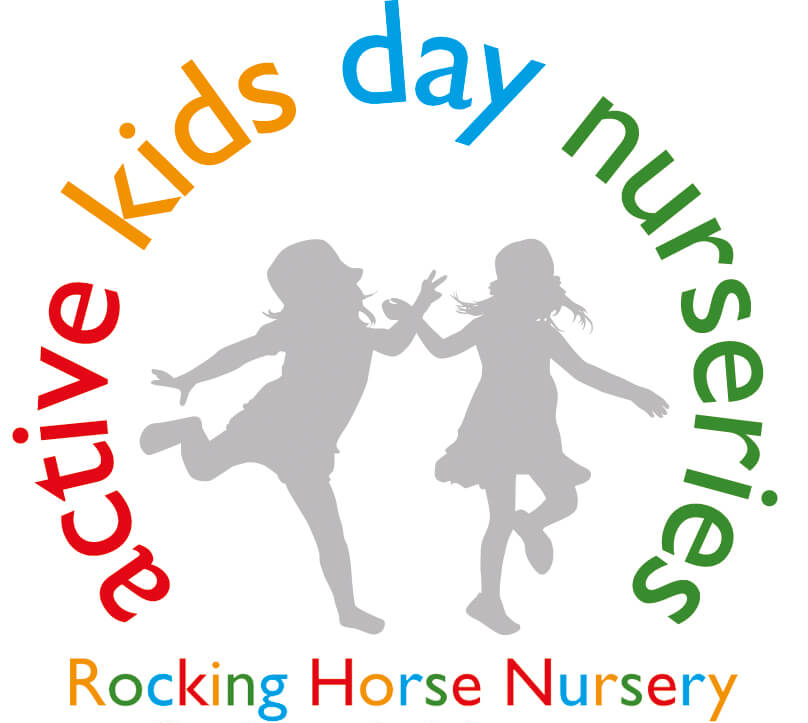In the Beanie Room, we have been observing the children and providing opportunities to help us establish different play patterns and schemas.
What is a Schema?
The word ‘schema’ is generally used to describe patterns of repeated behaviour which children use to explore and express their developing ideas and thoughts through play and exploration. Babies and young children can often be observed repeating actions, for example dropping things from their highchair, cot or buggy, again and again. This repeated action helps the child to establish internal cognitive structures (schemas) in the brain. Schemas help young children to construct meaning in what they are doing.
There are nine different examples of schematic play patterns.
*Transporting
*Orientation
*Rotation
*Trajectory
*Enveloping
*Enclosure
*Transforming
*Positioning
*Connection
We have focussed on the most common ones that are observed in the Beanie Room.
Below are some examples.
*Orientation
Babies are born to move. When they lie on their tummies or backs, they see their world from a particular viewpoint, but things start to look different for them as they learn to roll, sit up, crawl, stand and climb, discovering the effect or movement and the difference they can make to their view of the world. The orientation schema is linked to the positioning and rotation schemas, as the children experiment with seeing things from different viewpoints.
The children below are demonstrating an orientation schema by using the cardboard tubes to look through to gain a different viewpoint.
This child used the nursery tablet to take a photograph of herself, also demonstrating an orientation schema.
*Trajectory
One of the earliest schemas seen in babies. This schema is essentially about movement.
The children below are demonstrating trajectory schemas.
*Enclosing
Some children have an interest in representing round enclosures, others create square or rectangular enclosures or explore structures as a pattern emerges in actions that link the enclosing of spaces, objects and themselves.
Below, the children are demonstrating examples of enclosing schemas.


![20150908_155620[1]](http://watery-goose.flywheelsites.com/wp-content/uploads/20150908_1556201-150x150.jpg)
![20150914_134755[1]](http://watery-goose.flywheelsites.com/wp-content/uploads/20150914_1347551-150x150.jpg)

![20150915_110850[1]](http://watery-goose.flywheelsites.com/wp-content/uploads/20150915_1108501-150x150.jpg)
![20150915_111653[1]](http://watery-goose.flywheelsites.com/wp-content/uploads/20150915_1116531-150x150.jpg)
![20150908_155943[1]](http://watery-goose.flywheelsites.com/wp-content/uploads/20150908_1559431-150x150.jpg)
![20150908_155924[1]](http://watery-goose.flywheelsites.com/wp-content/uploads/20150908_1559241-150x150.jpg)



